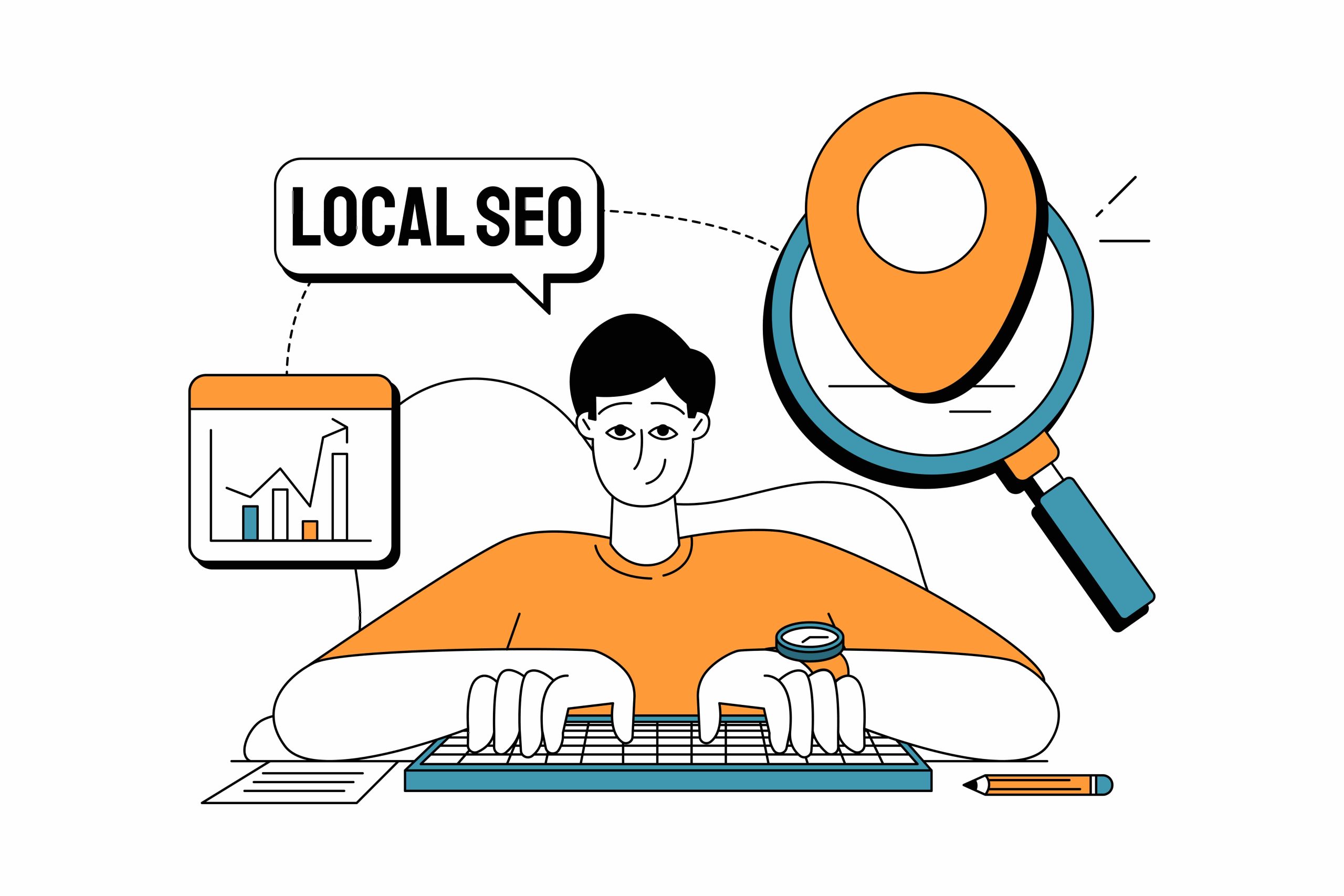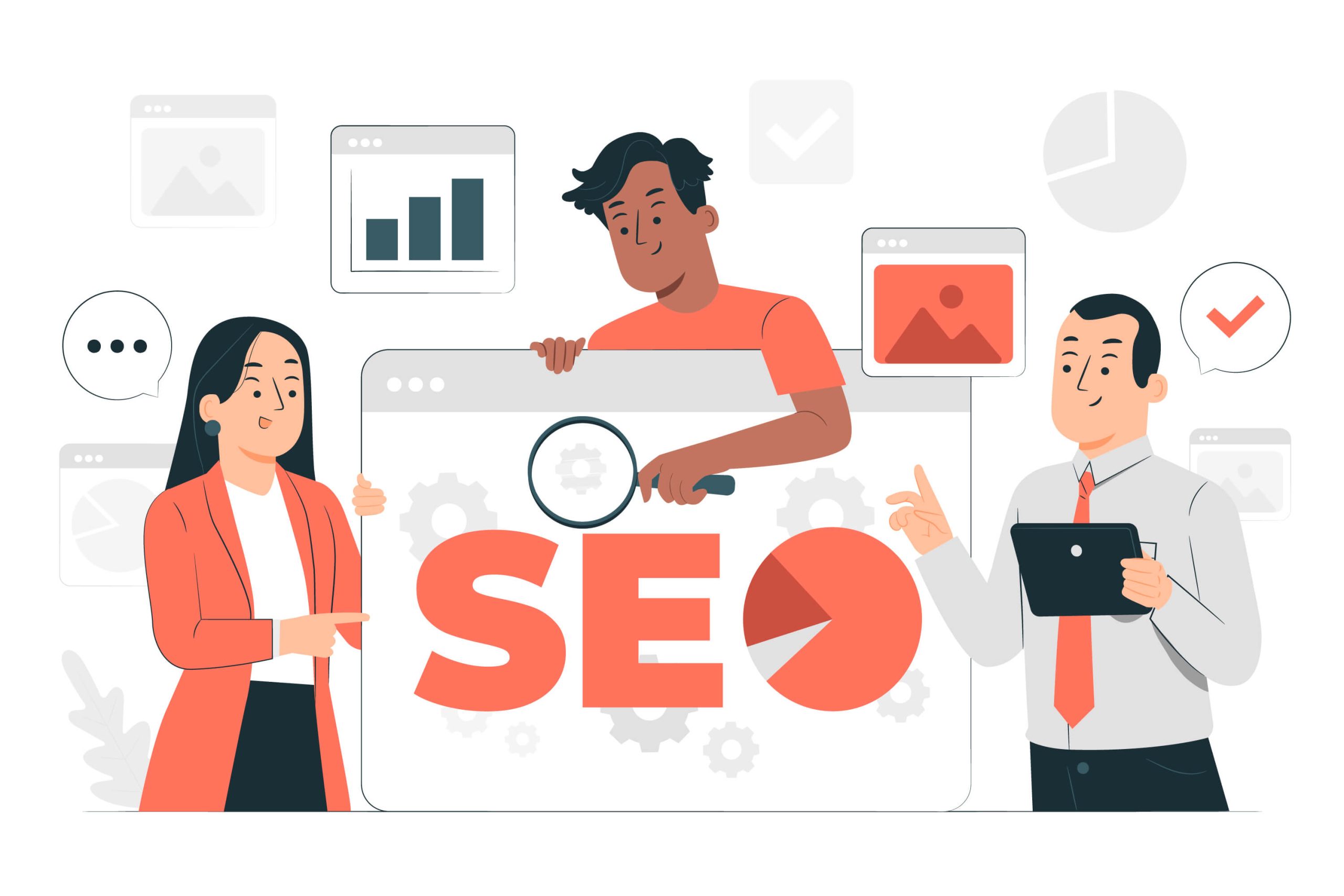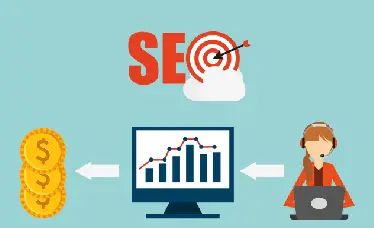Search Engine Optimization (SEO) is crucial for enhancing a website’s visibility and driving organic traffic. While SEO principles apply broadly, ecommerce SEO differs significantly from general SEO. E-commerce SEO focuses on optimizing online stores to promote product visibility, drive traffic to product pages, and increase sales.
See how eCommerce SEO can boost your sales.
In contrast, general SEO aims to improve website visibility and engagement across various content types. Understanding these differences is essential for optimizing an online store, ensuring that product pages rank well in search results and attract potential customers. This blog will explore how ecommerce SEO diverges from traditional SEO strategies.
Key Differences Between Ecommerce SEO and Normal SEO
Focus and Goals
Ecommerce SEO: The primary aim is to enhance product visibility, attract traffic to product pages, and ultimately drive sales. Ecommerce SEO strategies are tailored to ensure that individual product pages rank well for relevant search queries, making it easier for potential customers to find and purchase products.
Normal SEO: Focuses on general website visibility, brand awareness, and traffic generation across various content types. The goal is to boost overall search engine rankings and engagement with the website’s content, which can include blog posts, landing pages, and informational articles.
Keyword Strategy
Ecommerce SEO: Emphasizes transactional keywords that reflect buying intent, such as “buy running shoes online” or “best smartphone deals.” These keywords target users ready to purchase, making them crucial for driving conversions and sales.
Normal SEO: Utilizes a mix of informational, navigational, and transactional keywords. Informational keywords might target users looking for answers or advice, navigational keywords help users find specific pages or brands, and transactional keywords focus on driving purchases.
Site Structure and Navigation
Ecommerce SEO: Involves optimizing product categories, filters, and individual product pages to improve indexing and user experience. Effective site structure for ecommerce includes clear category hierarchies, well-organized product filters, and easy navigation to enhance user experience and facilitate search engine crawling.
Normal SEO: Concentrates on optimizing the overall website structure, including blog posts, landing pages, and main site navigation. The goal is to ensure that search engines can easily crawl and index all relevant content while providing a seamless user experience across the site.
Ready to optimize your online store with eCommerce-specific SEO? Get started!
On-Page SEO Considerations
Product Descriptions and Metadata
Ecommerce SEO: Requires unique, keyword-rich product descriptions, meta titles, and meta descriptions for each product. This approach ensures that each product page is optimized for specific search queries, improving its chances of ranking well in search results and attracting targeted traffic.
Normal SEO: Focuses on optimizing page titles, headings, and meta descriptions for content relevance. This includes crafting compelling and keyword-optimized meta elements to improve the visibility and click-through rates of various types of content across the website.
Schema Markup
Ecommerce SEO: Utilizes specialized schema markups like product schema, review schema, and price schema to enhance the visibility of product information in search results. This structured data helps search engines understand and display detailed product information, such as prices and reviews, directly in search results.
Normal SEO: Employs general schema types like article schema, event schema, or organization schema. These markups help search engines better understand and present content related to news articles, events, or business information, enhancing the visibility of diverse content types.
Technical SEO Aspects
Site Speed and Mobile-Friendliness
Ecommerce SEO: For ecommerce websites, site speed and mobile-friendliness are critical factors due to their direct impact on user experience and conversion rates. Fast-loading product pages are essential to minimize cart abandonment and ensure a smooth shopping experience. With a significant portion of online shopping done via mobile devices, optimizing mobile responsiveness is also crucial. Ecommerce sites must ensure that product images load quickly, checkout processes are seamless, and navigation is intuitive on mobile devices to retain customers and drive sales.
Normal SEO: While site speed and mobile responsiveness are important for all websites, the emphasis is slightly different. For general sites, the focus is on overall site speed and ensuring that the website is accessible and functional across all devices. This includes optimizing content-heavy pages, improving server response times, and ensuring that the site performs well on both desktop and mobile devices.
Enhance your eCommerce site’s performance with tailored SEO. Contact us!
Duplicate Content
Ecommerce SEO: Duplicate content can be a significant issue for ecommerce sites due to product variations, filter pages, and category pages that may generate similar content. Managing duplicate content involves implementing canonical tags, using unique product descriptions, and avoiding duplicate meta tags. Addressing these issues helps prevent search engines from penalizing the site for duplicate content and ensures that each product page is indexed correctly.
Normal SEO: For general websites, duplicate content issues often arise from similar blog posts or multiple pages targeting the same relevant keywords. Solutions include using canonical tags, consolidating similar content, and ensuring that each page has unique, valuable content. Addressing duplicate content in normal SEO helps maintain the site’s authority and relevance in search engine results.
Link Building Strategies
Building Authority
Ecommerce SEO: Building authority for ecommerce sites often involves acquiring backlinks from product reviews, industry blogs, and authoritative sites related to the products or services offered. These backlinks not only drive referral traffic but also enhance the credibility of product pages and improve search engine rankings. A strong backlink profile from relevant and trusted sources helps increase the site’s visibility and authority in search results.
Normal SEO: General link-building strategies include guest posts, content partnerships, and directory listings. These methods aim to increase the overall authority of the website by obtaining backlinks from diverse and relevant sources. For general sites, the focus is on building a broad range of high-quality links that contribute to the site’s overall SEO performance.
Influencer and Affiliate Marketing
Ecommerce SEO: Influencer and affiliate marketing plays a significant role in ecommerce SEO. Collaborations with influencers and affiliate marketers can drive traffic to the site, generate backlinks, and increase product visibility. These partnerships are often used to promote products, create reviews, and build credibility within niche markets.
Normal SEO: While influencer and affiliate marketing can be beneficial, it is not as central to general SEO strategies. General SEO may rely more on traditional link-building methods and content marketing efforts. Influencer collaborations are less common and usually not as integral to the overall SEO strategy for non-e-commerce sites.
User Experience and Conversion Rate Optimization
User Journey
Ecommerce SEO: The user journey in ecommerce SEO is centered around optimizing the entire shopping experience, from landing page to checkout. This includes refining product pages to provide detailed descriptions, high-quality images, and user-friendly navigation. The checkout process is streamlined to minimize friction, with clear calls-to-action and secure payment options. Additionally, ecommerce SEO centers on optimizing the cart experience, ensuring that users can easily add, review, and modify their selections. The goal is to create a seamless and intuitive shopping journey that encourages conversions and reduces cart abandonment.
Normal SEO: In contrast, normal SEO focuses on improving overall site navigation and content readability. This involves organizing site structure, optimizing menu items, and ensuring that users can easily find relevant content. General SEO aims to enhance user engagement by improving the readability of text, using appropriate headings and subheadings, and ensuring that internal linking facilitates easy navigation between pages. While user experience is important, the primary focus is the website’s content is accessible and engaging for visitors.
Conversion Metrics
Ecommerce SEO: Conversion metrics are crucial in ecommerce SEO as they directly relate to the success of online sales. Important metrics to track are the conversion rate (percentage of visitors who buy), average order value (average amount spent per transaction), and cart abandonment rate (percentage of users who don’t complete their purchase). Tracking these metrics helps ecommerce businesses understand customer behavior, identify potential issues in the sales funnel, and optimize strategies to improve overall sales performance.
Normal SEO: For general SEO, the focus is on metrics such as page views, bounce rate, and time on site. Page views measure the amount of times a page is accessed, bounce rate indicates the percentage of visitors who leave the site after viewing only one page, and time on site reflects how long visitors stay on the site. These metrics help assess content engagement and overall site performance, but they do not directly relate to sales or conversion efficiency.
Analytics and Performance Tracking
Ecommerce-Specific Metrics
Ecommerce SEO: To effectively track performance in e-commerce SEO, specific metrics related to sales and product performance are essential. Tools track sales volume, revenue generated, and the performance of individual products. This data helps identify which products are popular, which marketing strategies are effective, and how well the ecommerce site is meeting its sales targets. Understanding these metrics is crucial for optimizing product listings and promotional efforts.
Normal SEO: Normal SEO focuses on general website traffic, rankings, and engagement metrics. This includes monitoring overall traffic volume, tracking keyword rankings, and analyzing user interactions with site content. These metrics provide insights into how well the site is performing in search results and how users are engaging with various content types. However, they do not provide the same level of detail about sales performance or product-specific success.
Tools and Reporting
Ecommerce SEO: Ecommerce sites benefit from specialized tools like Google Analytics Ecommerce, which offers detailed reports on sales, revenue, and product performance. These tools provide insights into how users interact with product pages, track sales conversion funnels, and measure the effectiveness of marketing campaigns. E-commerce-focused reporting tools help businesses make data-driven decisions to enhance their online store’s performance.
Normal SEO: General SEO uses standard SEO tools for site analysis and performance tracking, such as Google Analytics and Google Search Console. These tools offer comprehensive data on website traffic, keyword rankings, and overall site health. They are valuable for understanding how well the site is performing in search engine results and identifying areas for improvement.
Learn how our SEO expertise can transform your eCommerce site! Contact Us or 2138949220!
Ecommerce SEO and normal SEO differ significantly in their approaches and goals. This SEO focuses on enhancing the user journey, optimizing product pages, and tracking conversion metrics specific to sales, while normal SEO aims at improving overall site navigation and content engagement.
Tailoring SEO strategies to the unique needs of an ecommerce site is crucial for driving sales and achieving online success. By understanding and applying these differences, businesses can adopt the appropriate SEO practices to optimize their sites effectively. Embracing these specialized strategies ensures that ecommerce sites remain competitive and achieve their business objectives.



































































































































































































































